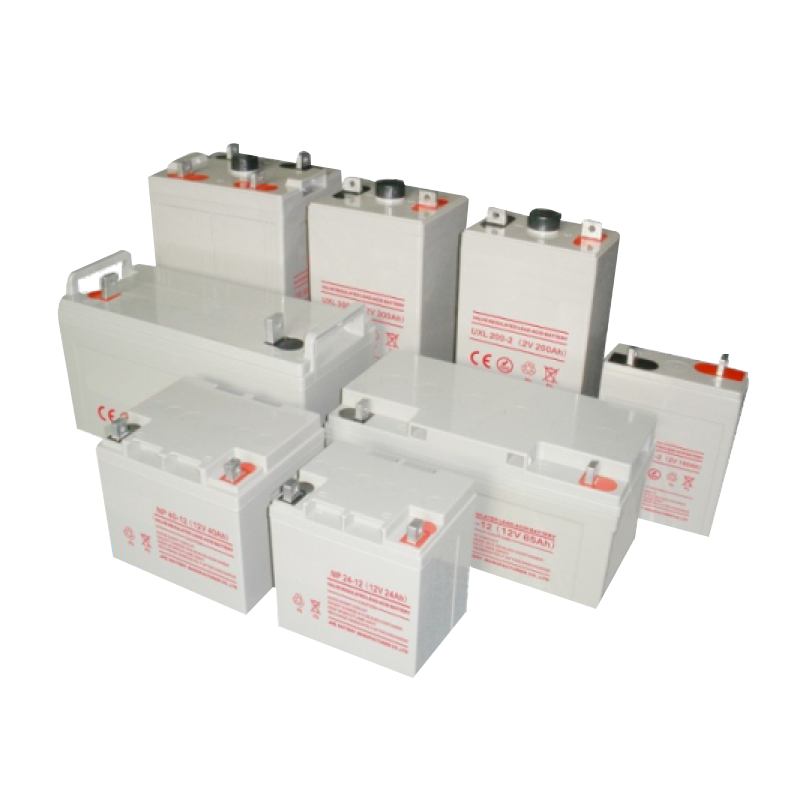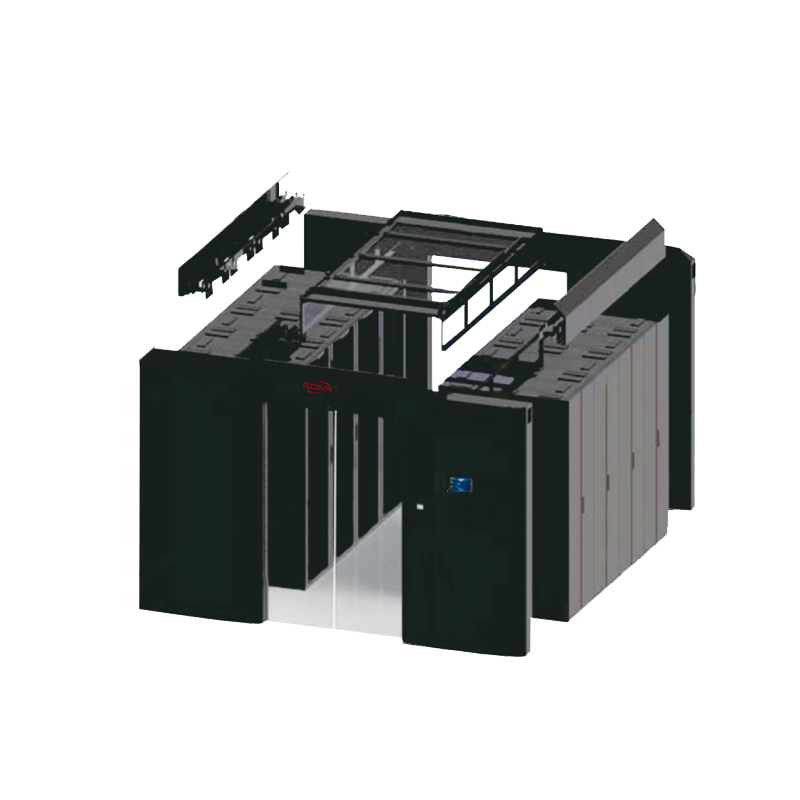 Language
LanguageHousehold energy storage inverters are an important component of household energy systems, and their design needs to consider multiple factors, one of which is electromagnetic compatibility (EMC). Electromagnetic compatibility refers to the ability of a device or system to operate in an electromagnetic environment without being affected by external electromagnetic interference, and without causing electromagnetic interference to surrounding equipment or environment. In the design of household energy storage inverters, electromagnetic compatibility design is crucial to ensure the stable operation of the system and the safe use of users.

1、 Sources and impacts of electromagnetic interference
Electromagnetic interference mainly comes from the external environment and internal equipment. Electromagnetic interference in the external environment may come from lightning, radio broadcasting, television signals, wireless communication, etc. The electromagnetic interference inside the equipment may be generated by switching power supplies, power converters, control circuits, etc. These interference signals may enter the household energy storage inverter through conduction, radiation, and other means, affecting its normal operation and even causing damage.
2、 Principles of Electromagnetic Compatibility Design
When designing electromagnetic compatibility for household energy storage inverters, the following principles should be followed:
1. Suppression of interference sources: Minimize the generation of electromagnetic interference inside the equipment as much as possible, such as optimizing the design of switching power supplies and improving the efficiency of power converters.
2. Cut off transmission routes: Reduce the propagation of interference signals through reasonable layout and shielding measures. For example, isolating sensitive circuits from interference sources, using metal shielding shells, etc.
3. Improve the anti-interference ability of the equipment: By selecting high-performance electromagnetic compatibility components, strengthening the filtering and filtering circuit design of the equipment, and other measures, the equipment's resistance to external interference can be improved.
3、 Specific measures for electromagnetic compatibility design
In the electromagnetic compatibility design of household energy storage inverters, the following specific measures can be taken:
1. Optimize the design of switching power supplies: adopt soft switching technology, reduce switching frequency, increase filtering capacitance, etc., to reduce electromagnetic interference generated by switching power supplies.
2. Strengthen the electromagnetic compatibility design of power converters: select low-noise power devices, optimize the control strategy of power converters, increase electromagnetic shielding, etc., to reduce the electromagnetic interference generated by power converters.
3. Optimize equipment layout and shielding design: isolate sensitive circuits from interference sources, use metal shielding shells, etc., to reduce the propagation of interference signals. At the same time, the internal components and circuits of the equipment should be reasonably arranged to reduce the coupling of electromagnetic interference.
4. Strengthen filtering and filtering circuit design: Add filtering circuits at the input and output terminals of the equipment to filter out external interference signals. At the same time, optimize the design of the filtering circuit to improve the filtering effect.
5. Improve the anti-interference ability of equipment: Select high-performance electromagnetic compatibility components, such as differential amplifiers with high common mode rejection ratio (CMRR), microprocessors with high anti-interference ability, etc. In addition, strengthen the grounding design of equipment and reduce the impact of ground potential difference on the equipment.
4、 Testing and Verification of Electromagnetic Compatibility Design
In order to ensure the electromagnetic compatibility design effect of household energy storage inverters, strict testing and verification are required. Common testing methods include conducted interference testing, radiated interference testing, electrostatic discharge testing, lightning strike testing, etc. Through these tests, the electromagnetic compatibility performance of the equipment can be evaluated, problems can be identified, and improvements can be made.
During the testing process, professional electromagnetic compatibility testing equipment and software can be used to test the electromagnetic interference and anti-interference ability of the equipment under different conditions. At the same time, it is possible to simulate actual usage scenarios and verify the electromagnetic compatibility performance of the device.
5、 Summary and Outlook
The electromagnetic compatibility design of household energy storage inverters is an important link to ensure stable operation of equipment and safe use by users. By following the principles of electromagnetic compatibility design, taking specific design measures, and conducting strict testing and verification, the electromagnetic compatibility performance of equipment can be effectively improved.
In the future, with the continuous development of household energy systems, the electromagnetic compatibility design of household energy storage inverters will face more challenges. Therefore, it is necessary to continuously research new electromagnetic compatibility technologies and methods to improve the electromagnetic compatibility performance of equipment, in order to meet the needs of users and the development of the market.






































































